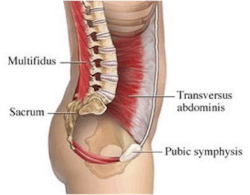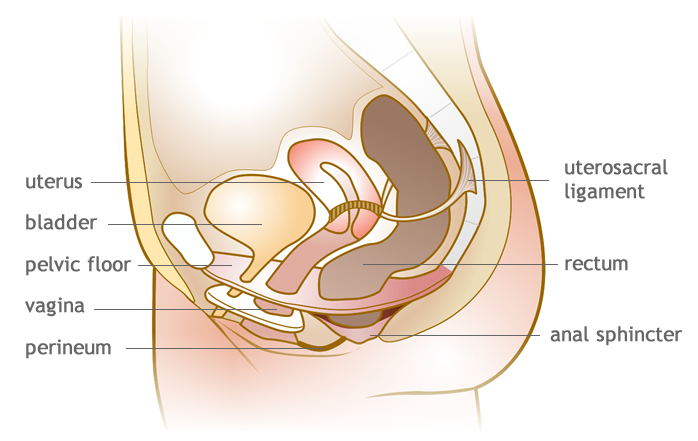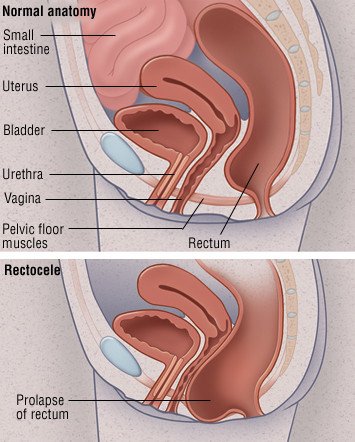Pelvic floor dysfunction is a common condition where you re unable to correctly relax and coordinate the muscles in your pelvic floor to urinate or to have a bowel movement.
Excessive pelvic floor descent.
Diagnosis is by rectal examination.
Many women are affected by this kind of pelvic organ descent at some point in their lives.
This might be because of a weakened or descended pelvic floor.
Symptoms include pelvic pain pressure pain during sex incontinence incomplete emptying of feces and visible organ protrusion.
Pelvic organ prolapse is a common condition in women often leading to invasive and costly surgical treatment.
Pelvic floor dysfunction is an umbrella term for a variety of disorders that occur when pelvic floor muscles and ligaments are impaired.
Dps affects the whole pelvic floor with excessive chronic straining pressure weakening the entire pelvic floor over time allowing the descent of tissues.
Other conditions that weaken the pelvic floor musculature can also lead to symptomatic perineal descent.
1 the oxford family planning association study found the incidence of a hospital admission for the diagnosis of prolapse to be 2 04 per 1000 person years of risk.
Perineal descent is often associated with chronic straining in patients with chronic constipation.
Your pelvic floor is the group of muscles and ligaments in your pelvic region the pelvic floor acts like a.
The pelvic floor becomes funnel shaped after the puborectalis muscle is stretched.
Reflexes are impaired in particular the post defecation reflex that is a sharp contraction.
The lifetime risk of having a surgery for prolapse and or urinary incontinence has been reported to be 11 1 by age 80.
In pelvic floor relaxation active and passive supporting structures within the pelvic floor become weakened and ineffective with resultant excessive descent and widening of the entire pelvic floor during rest and or evacuation regardless of whether prolapse is present.
Other causes include weakness of the pelvic floor muscles secondary to age related neuropathic degeneration or traumatic injury during pregnancy and labor.
However if the descent is more pronounced or if there is even genital prolapse due to the protrusion of organs such as the bladder uterus or.
Although this condition predominantly affects females up to 16 of males suffer as well.
A mild descent is usually hardly noticeable.
Perineal descent is a condition in which the perineum prolapses bulges down or descends below the bony outlet of the pelvis.










